Now Reading: Future Potential and Developments prediction of algae-filled facade panels and similar bio-solar technologies
-
01
Future Potential and Developments prediction of algae-filled facade panels and similar bio-solar technologies
Future Potential and Developments prediction of algae-filled facade panels and similar bio-solar technologies
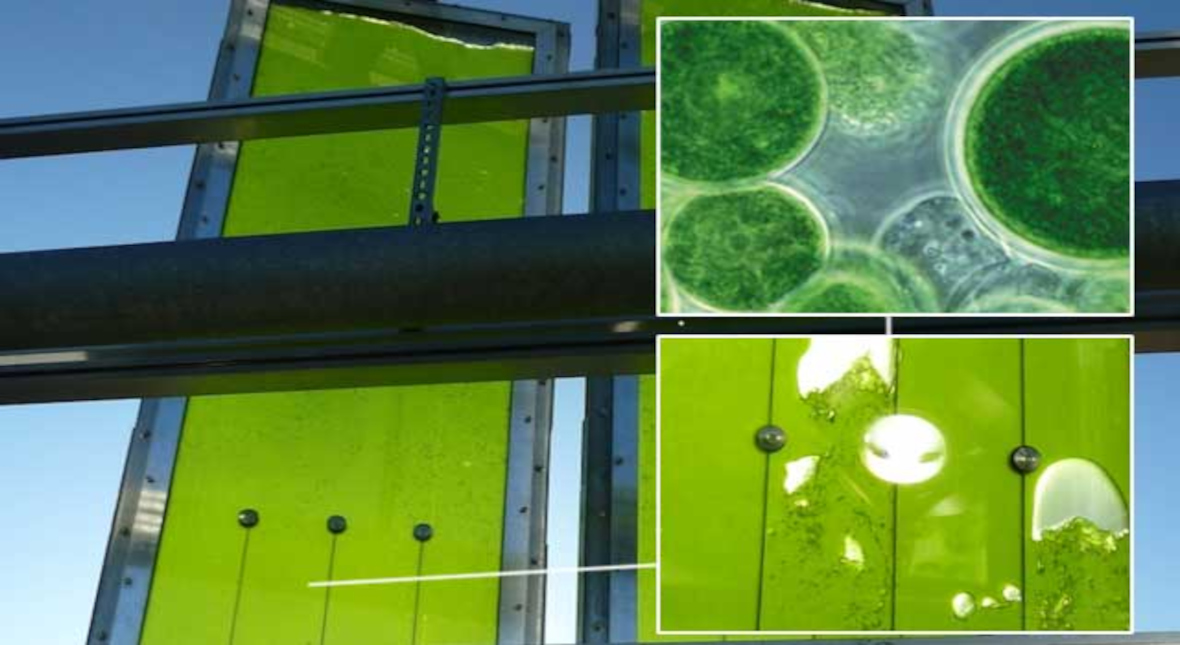
The future potential of algae-filled facade panels and similar bio-solar technologies is exciting, with various advancements on the horizon. As research and development in biotechnology, sustainable architecture, and renewable energy continue to evolve, algae-based systems are likely to play an increasingly significant role in shaping the future of urban design and green technologies. Here’s a detailed prediction of potential developments and breakthroughs that could define the next phases of algae-based building technologies:
Increased Energy Efficiency
Enhanced Algae Strains: In the near future, advancements in genetic engineering could lead to the development of algae strains that grow faster, require fewer resources, and produce more energy. Scientists are already exploring genetic modifications to optimize algae for higher biomass production, resilience under variable conditions, and increased photosynthetic efficiency.
Microalgae Hybrid Systems: There is potential for algae-filled panels to be combined with other renewable energy technologies, such as solar panels or wind turbines, to increase the overall energy yield of a building. For example, solar-augmented algae panels could harness both sunlight and bioenergy, creating a highly efficient energy system for buildings.
Integration with Smart Grids: Algae systems could be integrated with smart grid technology, enabling buildings to store excess energy in batteries and feed it back into the grid when needed. This would help balance energy demand and provide greater energy independence.
Scalability and Widespread Adoption
Mass Production of Algae Panels: As algae-based technology becomes more refined, mass production techniques will likely lower the cost of algae panels, making them affordable and scalable for large-scale construction projects. Cost reductions in manufacturing will make bio-solar facades a viable option for residential and commercial buildings worldwide.
Building Integrated Agriculture: In future cities, algae-based facades could become part of larger urban farming systems, where buildings use bio-solar panels not only for energy production but also to contribute to local food production. Algae could be harvested for use as food or for biofuels, enhancing the building’s self-sufficiency and reducing reliance on external resources.
Urban Infrastructure: Entire neighborhoods could be designed with algae-based architecture, including walls, facades, and even vertical farms. These systems could help mitigate urban heat islands, improve air quality, and significantly reduce the carbon footprint of urban spaces.
Environmental Impact and Sustainability
Carbon Sequestration at Scale: The potential for algae panels to contribute to carbon capture is immense. In the future, large-scale use of algae-filled facades across cities could become an essential tool in global efforts to reduce atmospheric CO₂ levels and combat climate change. If algae systems were widely adopted, they could serve as an urban carbon sink, helping cities offset their emissions.
Circular Economy Integration: The waste from algae cultivation, such as algae biomass, could be used in circular economy models. Instead of discarding algae remnants, they could be processed into biofuels, bioplastics, or other valuable materials. Algae panels could effectively be a part of a self-contained system that reduces waste and maximizes the use of resources.
Innovative Design and Aesthetics
Dynamic Building Facades: Algae panels could evolve from static building materials to dynamic, interactive facades. Future developments may allow algae to not only change color based on growth and season but also respond to environmental changes like temperature, humidity, or sunlight intensity. This would allow buildings to adjust in real-time, optimizing both aesthetic appeal and energy performance.
Bio-Inspired Architecture: Advances in biomimicry may lead to the design of algae-filled facades that mimic natural ecosystems, further blending architecture with the environment. These facades could evolve to not just generate energy, but contribute to a building’s ecological footprint by supporting biodiversity or serving as habitats for urban wildlife.
Transparent and Self-Cleaning Panels: Future algae-filled panels could be designed to be more aesthetic, with more transparency and self-cleaning capabilities. Advances in materials could make algae panels that are clearer and easier to maintain, ensuring that they look good while functioning effectively.
Integration with Climate Adaptation and Resilience
Adaptation to Climate Variability: Algae-filled panels could be developed to be more resilient to different climate conditions. Advances in climate science will likely enable algae systems to be optimized for specific regions—such as tropical, temperate, or arid climates. These panels could be tailored to ensure optimal growth rates and energy production, regardless of the local climate.
Stormwater Management: Algae-based facades could also evolve to incorporate stormwater management features. Future systems could integrate algae panels with rainwater harvesting and irrigation systems, creating buildings that use natural processes to manage water efficiently while simultaneously producing energy.
Potential for Global Integration in the Built Environment
Smart Cities: As the world moves toward the development of smart cities, algae-filled panels could be a key technology in these highly connected and sustainable urban centers. With the integration of IoT sensors and artificial intelligence, algae panels could be connected to systems that monitor energy usage, growth rates, and environmental conditions in real-time, allowing for intelligent resource allocation and energy optimization.
Eco-Districts and Zero-Energy Buildings: Future neighborhoods, or even entire districts, could be designed as zero-energy communities, where algae panels work alongside other green technologies like solar panels, wind turbines, and geothermal heating to generate all the energy needed. These districts could be completely self-sustaining, with algae facades playing a central role in both energy generation and climate adaptation.
Algae as a Multi-Purpose Resource
Wastewater Treatment and Nutrient Recovery: In the future, algae-based facades could play a role in treating wastewater and recovering nutrients from waste streams. The algae could absorb pollutants and heavy metals from water sources, providing a dual function of environmental cleaning while producing energy.
Integration with Bioengineering and Biopharmaceuticals: As bioengineering continues to advance, algae systems could be further integrated into the biotechnology industry, offering bio-derived products or serving as bioreactors for the production of pharmaceuticals or bioplastics.
Cost Reduction and Affordability
Government Incentives and Policies: As algae-based technology advances, governments around the world may begin to offer incentives and policies that promote green building solutions. Tax credits, grants, and subsidies for sustainable technologies could make algae panels more affordable for developers and building owners, encouraging widespread adoption.
Mass Production and Economies of Scale: As algae-filled facades move beyond experimental and niche applications, production technologies will scale up, driving costs down. This could make the technology more accessible to residential, commercial, and industrial building sectors globally, transforming the way cities are built.
Challenges and Limitations
Maintenance and Scalability: While algae-filled panels have a lot of potential, one challenge is their maintenance. Algae can grow and reproduce rapidly, requiring regular cleaning and management to prevent issues like clogging or degradation.
Initial Costs: The initial installation of bio-solar panels might be high due to the research, development, and installation processes. However, the long-term benefits in terms of energy savings and environmental impact could offset these costs.
Climate Dependency: Algae growth is highly dependent on sunlight and temperature. Areas with limited sunlight or harsh climates may not benefit as much from algae-based technologies unless they can be engineered to thrive in a wider range of conditions.
Conclusion
The future of algae-filled facade panels is poised for substantial growth, with the technology evolving to become a mainstream solution for energy-efficient, sustainable, and climate-responsive buildings. As research advances in biotechnology, materials science, and energy systems, algae-based facades could become integral parts of smart cities and sustainable architecture. With developments in energy efficiency, environmental impact, cost reduction, and design innovation, algae-filled facades will likely transform the way buildings interact with the environment, contributing to a greener, more energy-efficient future.












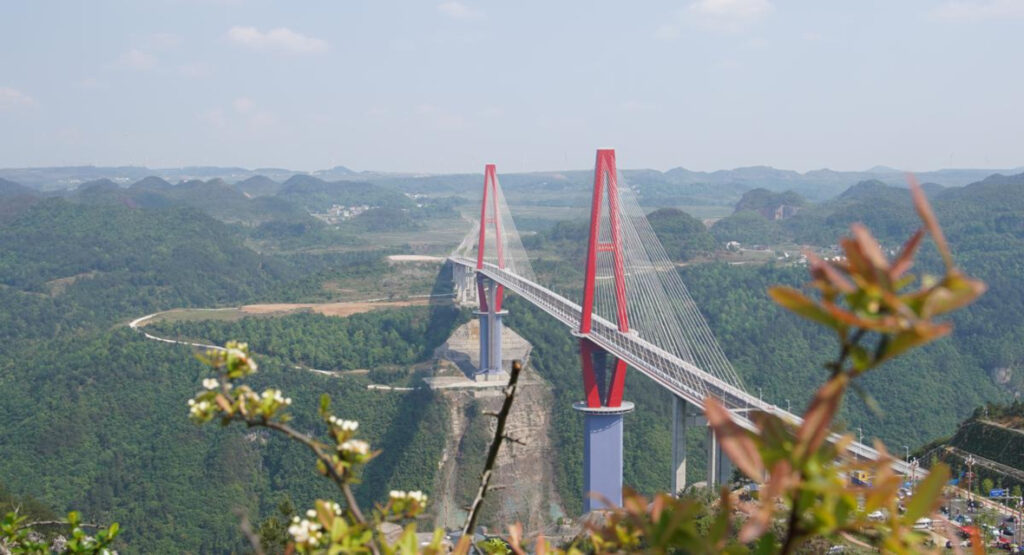
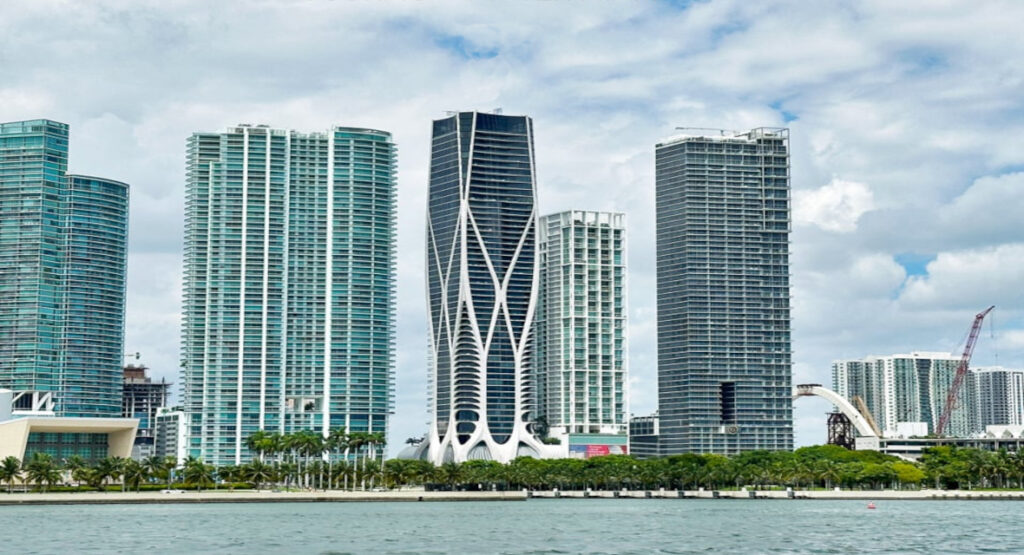
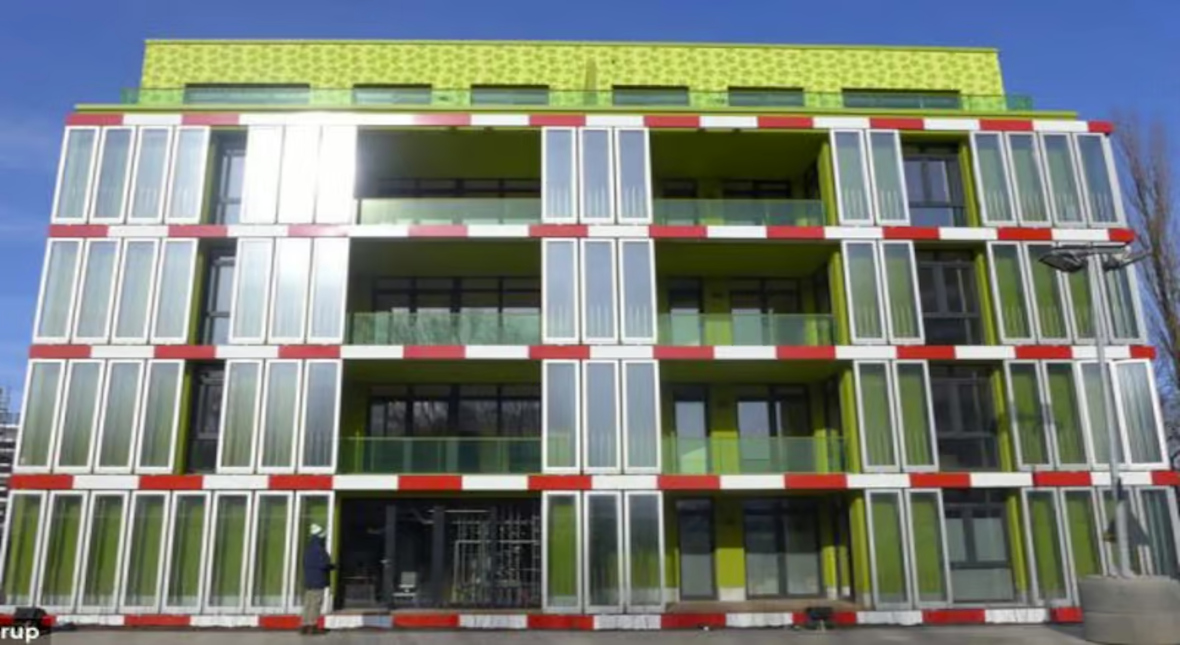



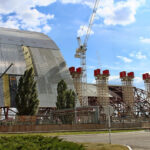

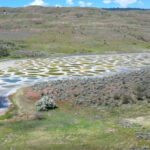








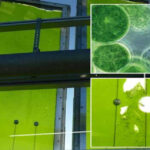
Pingback: Algae-filled facade panels - Amazing and Wonderful